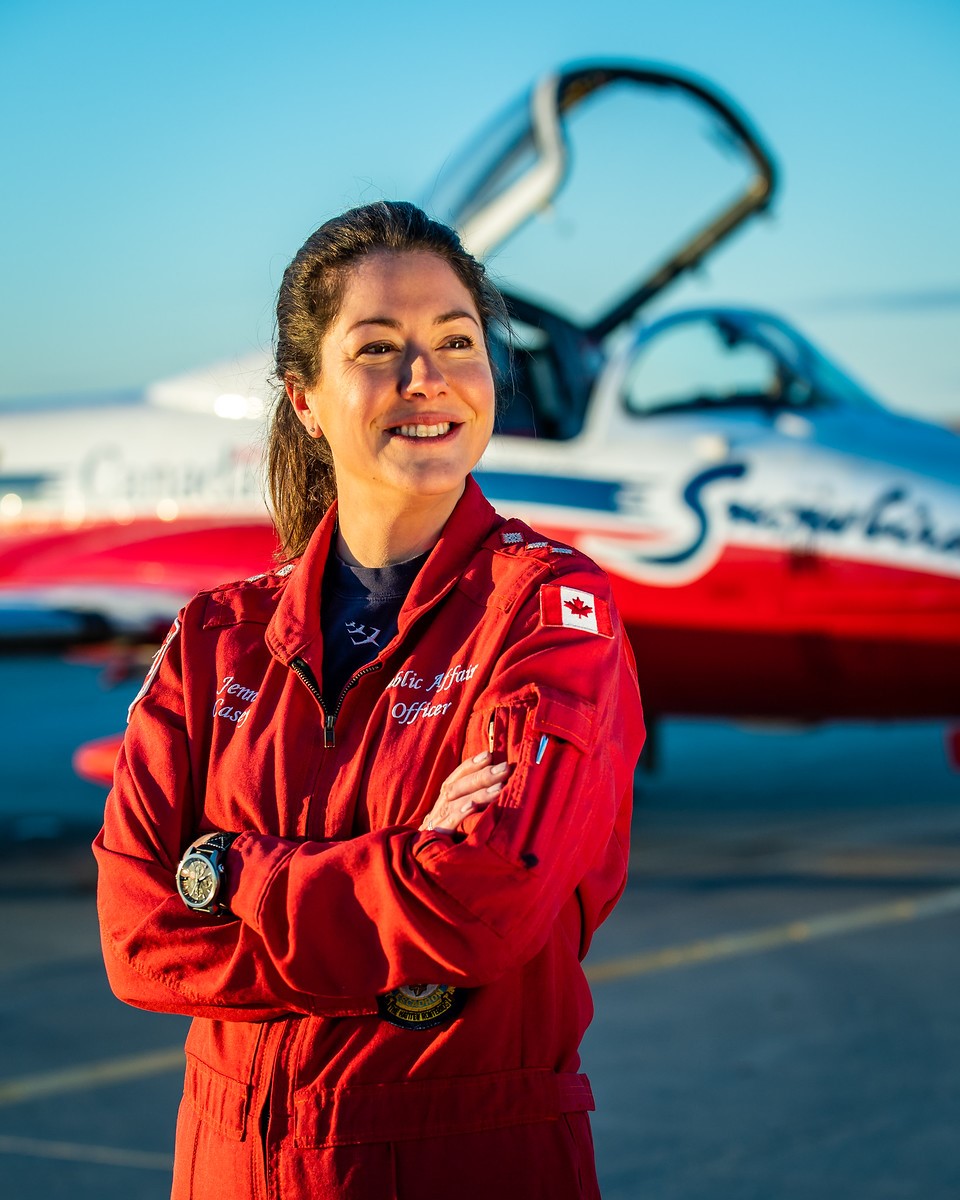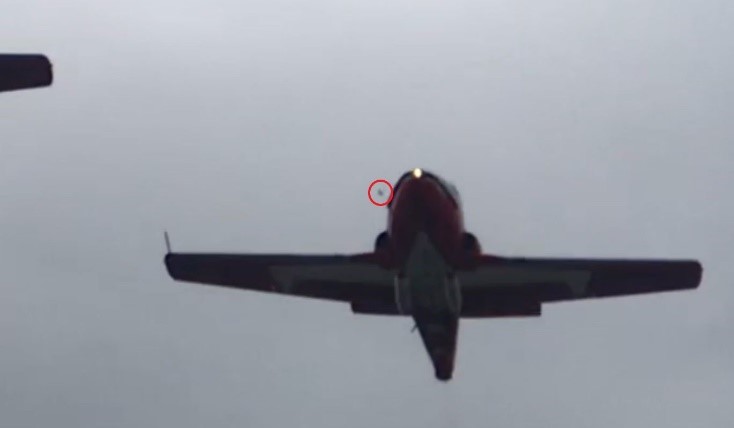A small bird led to the fatal Snowbird crash in Kamloops last year.
That’s the finding of a military investigation into the deadly crash that claimed the life of Captain Jenn Casey. The pilot of the aircraft, Captain Richard MacDougall, was also seriously injured in the incident on May 17th, 2020.
The investigation by the Royal Canadian Air Force (RCAF) found a small bird got caught in the engine of the CT-114 Tutor aircraft or “Snowbird 11” shortly after take-off from the airport. It resulted in a compressor stall and a loss of thrust. There wasn’t enough time for their parachutes to function properly as the plane was too close to the ground.
“Upon loss of power, the pilot initiated a climb straight ahead and then a turn back towards the airport. During this manoeuver, the aircraft entered into an aerodynamic stall and the pilot gave the order to abandon the aircraft,” said the RCAF. “The pilot and passenger ejected from the aircraft at low altitude and in conditions that were outside safe ejection seat operation parameters. Neither the pilot nor the passenger had the requisite time for their parachutes to function as designed.”
Flight Safety Investigation Report for Kamloops Snowbirds accident
The Royal Canadian Air Force’s Directorate of Flight Safety has concluded its investigation into an accident involving the Snowbirds in Kamloops. https://t.co/7XqI93I1Zj pic.twitter.com/mfY5Lt3YaY
— Royal Canadian Air Force (@RCAF_ARC) March 29, 2021
“Snowbird 11’s power loss could not have come at a worse time – low altitude, low airspeed, proximity to another aircraft, and in the vicinity of a built-up area,” said Colonel John Alexander, Director of Flight Safety with the Royal Canadian Air Force. “This tragic accident reinforces the importance of continuous, situation-specific training to minimize reaction time in an emergency and the importance of a timely decision to eject.”
“The Royal Canadian Air Force prides itself on operational flight safety; however, we recognize the inherent risk with military flying, despite the tireless work of our team of professionals to safely operate and maintain our aircraft,” added Brigadier-General Denis O’Reilly, Commander 2 Canadian Air Division of the Royal Canadian Air Force. “In emergency situations, pilots must make split-second decisions after quickly processing a lot of information, while at the same time dealing with high levels of stress, g-forces, and other challenging environmental factors in the cockpit. We are dedicated to learning from this accident and welcome the flight safety recommendations to minimize the chance of a repeat occurrence.”

*** with files from Casey Kenny ***






